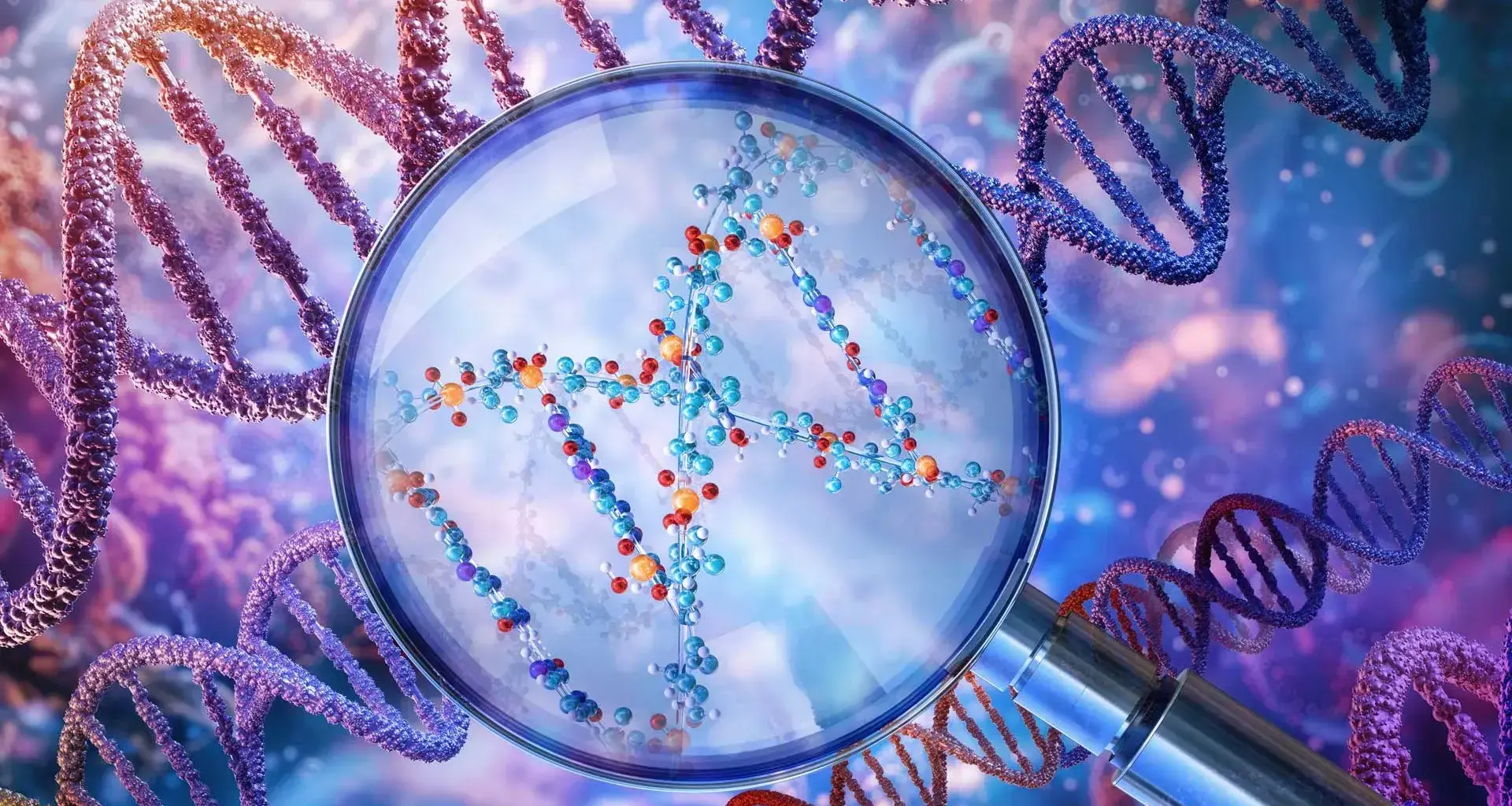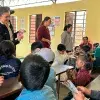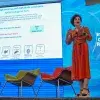One hundred thousand Mexicans now form part of a genetic map drawn by the oriGen project, which is the most representative genomic database of the Mexican and Latin American population in history.
Through TecSalud, the Tecnológico de Monterrey Education Group announced that oriGen has achieved its participation goal of 100,000 volunteers after almost three years of field work in nineteen Mexican states.
Genetic, clinical, and epidemiological data were collected from these volunteers, which will allow researchers to study conditions that affect Latino populations, such as diabetes, obesity, and certain types of cancer.
Moreover, the aim is to understand the origin of these chronic diseases, as well as to project new lines of research, innovation, and development of medical solutions for the prevention, diagnosis, and treatment of these diseases.
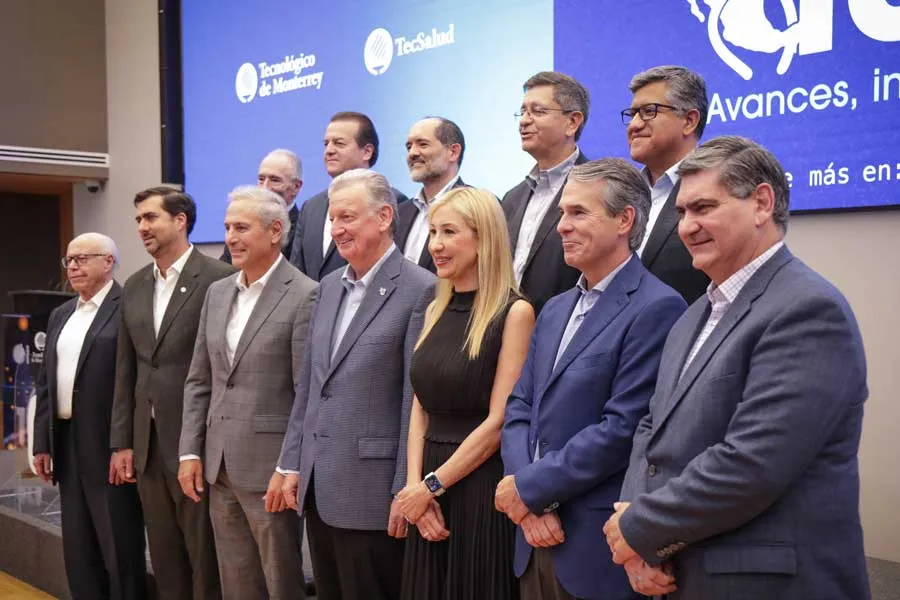
During the “oriGen 100K. Progress, Impact, and Future” presentation held in the Main Hall of the Rector’s Building on September 9, David Garza, Executive President of the Tecnológico de Monterrey Education Group commented:
“The important thing about this project is not that we keep the data, but that researchers from the Tec, from other universities and from different countries have access to this infrastructure, which we want to share,” he said.
“At the Tecnológico de Monterrey Education Group, we believe in goal-oriented science and the oriGen project is a clear example of this: an initiative by means of which we innovate and commit ourselves to the wellbeing of society,” Garza added.
For TecSalud rector Guillermo Torre, the oriGen project has only just begun to show its potential:
“In ten years, we’ll have companies that stemmed from oriGen conducting predictive, genomic studies. Companies that develop medicines of particular benefit to Latinos and not only Anglo populations.”
Torre pointed out that one of the strategic priorities in health towards 2030 is to promote applied research and oriGen is a watershed for the generation of valuable knowledge.
“Completing this stage is not an end, but a new beginning; what follows is the analysis, sequencing, generation of knowledge and, most importantly, its application to improve the prevention, diagnosis, and treatment of ailments that affect millions of people,” Torre said.
Pablo Kuri, oriGen’s director, started the presentation by showing project figures.
“We used to think our future was in the stars, but now we know it’s in our genes,” Kuri said, quoting the words of James Watson, who is considered to be the father of genomics.
“We used to think our future was in the stars, but now we know it’s in our genes.”

Mexican DNA
Sergio Iván Valdés Ferrer, General Director of Health Research Policies and TecSalud professor on the Mexico City campus, said that this is a milestone, not only for the Tec de Monterrey, but for the country.
“The human genome was first sequenced twenty-five years ago. Now our work is to obtain data from 100,000 people, which will help us to do more in-depth mapping of the predispositions Mexicans have to certain pathologies.”
Torre hopes that new therapies will be discovered in the future for some of the very particular problems Mexicans or Hispanics living in the United States experience.
“If you asked me what the most important finding is, I would highlight how the oriGen data resulted in a new treatment I believe to be feasible that impacts and changes one of the most important causes of mortality in Mexicans,” Torre said.
The rector of TecSalud said that in the short term there will be scientific publications on the subject, and in the long term he foresees the emergence of a company that will generate high economic value thereby enabling much more research in the future.
“In ten years, we’ll have companies that stemmed from oriGen conducting predictive, genomic studies.”
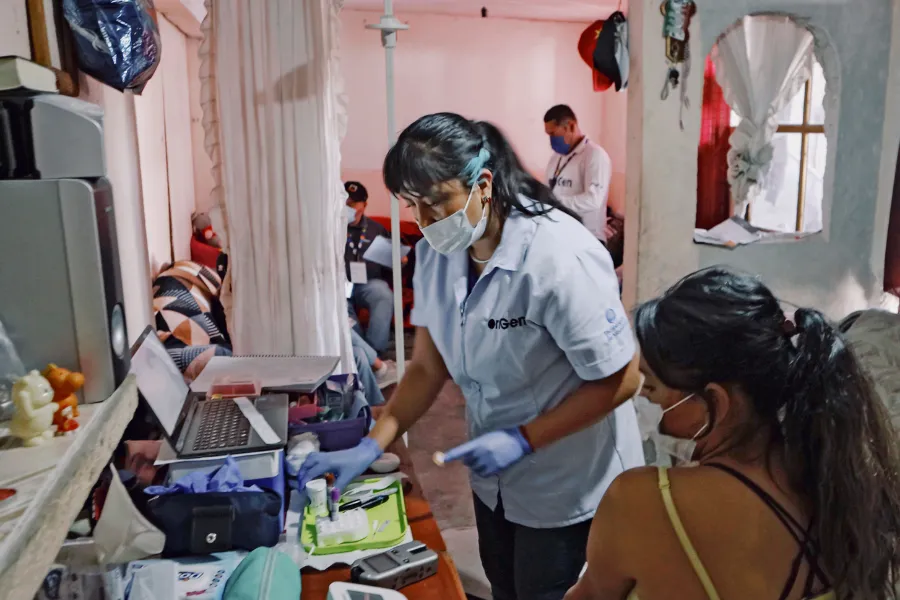
Deciphering the Mexican genome
The oriGen project seeks to decipher the Mexican genome and gain an accurate understanding of the genetic components associated with the most common diseases in the country.
As part of the agreement signed in 2023 by the Tec and the Regeneron GeneticsCenter, 100,000 samples will be sent to Regeneron for exome sequencing of which 10,000 will be selected for whole genome sequencing.
This information will enable a genetic imputation process to be applied to infer genomic data from the rest of the participants.
All of this is contemplated in the agreement executed with Regeneron. According to Pablo Kuri, director of oriGen:
“This is the most important agreement ever signed by the Tec, not only because of the volume of samples that will be processed, but also because of access to world-class sequencing technology and the estimated 42-million-dollar savings it represents for the institution.”
Currently, 500,000 test tubes (five phase separations for each individual, oriGen’s raw materials) are stored in ultra low-temperature freezers at the Zambrano Hellion Hospital and in the Expedition FEMSA building.
Of that pool, 70,000 samples have already been sent to the Regeneron Genetics Center in New Jersey, and results have been received for 30,000.
The goal is to complete the shipment before the end of 2025, thereby processing 100,000 exomes and 10,000 whole genomes.
The final results will be ready during the first semester of 2026.
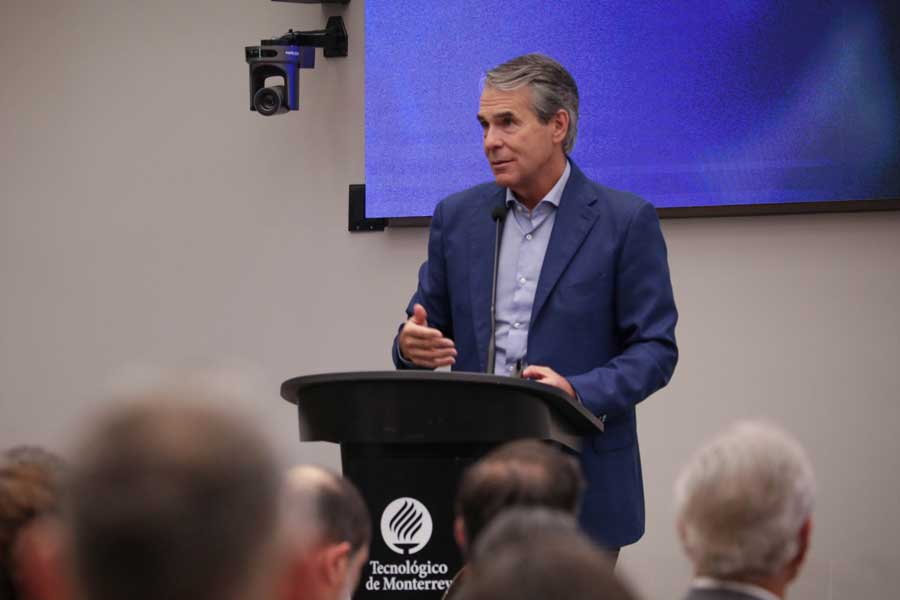
What precisely is it that is sequenced?
The exome is the part of the DNA (deoxyribonucleic acid) that contains the instructions for producing proteins, which is less than 2% of the genome but where most disease-related variants are concentrated.
DNA is the molecule containing the genetic information of living beings that determines how they function, grow, reproduce, and transmit characteristics from parents to offspring.
The whole genome, on the other hand, encompasses the entire DNA and provides a comprehensive view of genetic information.
By combining both levels, oriGen will be able to analyze everything from the most well-known mutations to regulatory factors that influence health.
Consequently, the genetic information of Mexicans in the study will not only be available for national projects but will also be able to be included in global scientific forums, where data on Caucasians have been more commonly discussed.
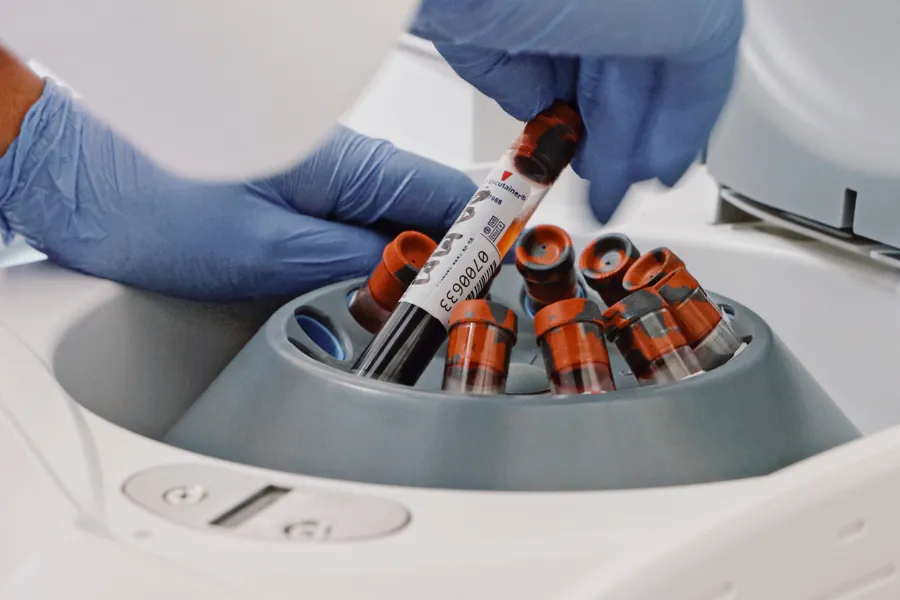
Science knocking on your door
Reaching 100,000 samples involved visiting more than 357,000 homes in eighteen metropolitan areas in nineteen states.
The process involved slightly more than two and a half years of fieldwork with teams that traveled across the country day after day.
This was made possible by setting up seventeen temporary laboratories on Tec and Tecmilenio campuses nationwide, where samples were received, processed, and stored under strict quality protocols.
There were about eighty people collecting samples in the field: team members, nurses, and drivers for the thirty vehicles used in daily operations.
This number was augmented by oriGen’s core team of about twenty individuals dedicated to coordinating logistics, supervising laboratories, and processing data.
“In ten years, we’ll have companies that stemmed from oriGen conducting predictive, genomic studies.” - Guillermo Torre, rector of TecSalud
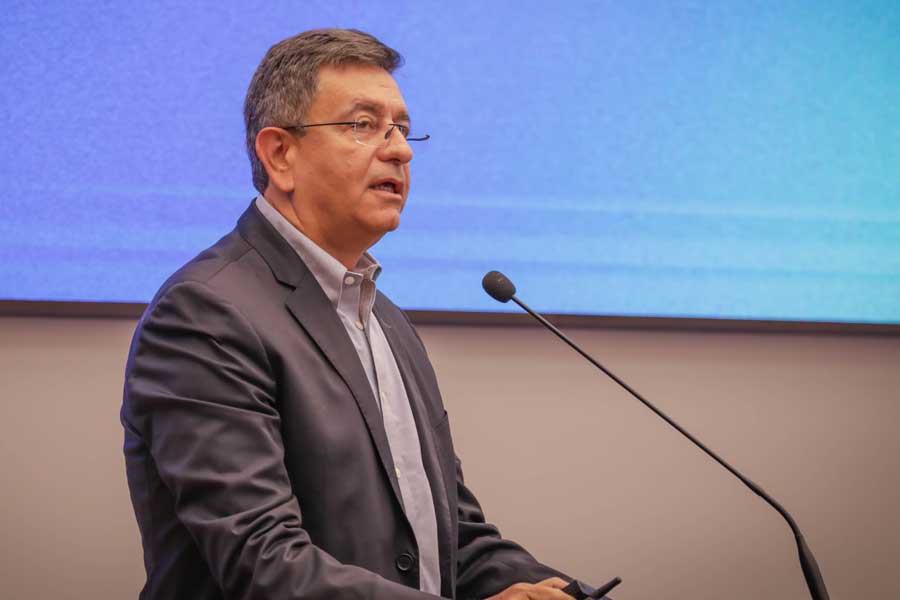
Participants filled out questionnaires of as many as five hundred questions and gave blood, plasma, and DNA samples.
They were not hospital patients, but ordinary citizens, which ensures that the data reflect the actual health of Mexico.
In fact, early outcomes agree with the National Health Survey (ENSANUT, Spanish acronym) which confirms its representativity and reliability.
Moreover, according to project director Pablo Kuri, the quality of the sample has been productive:
“None of the samples sent to Regeneron have been rejected, which speaks to the quality of all the field work and sample handling.”
The study gathered environmental data, including housing and living conditions, which will enable the exposome to be measured; in other words, genetic and health characteristics, in addition to participants’ social and environmental determinants to enrich the analysis.
The oriGen Project was conducted in coordination with health secretariats, heads of health jurisdictions, municipal presidents, and local authorities.
It was carried out pursuant to different regulatory agency guidelines and applicable regulatory and ethical provisions.
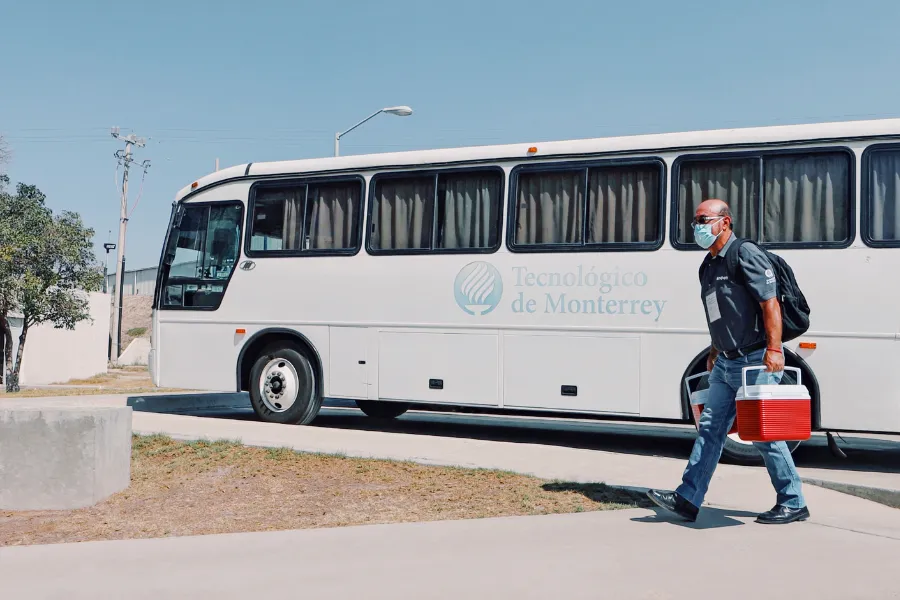
A map that was missing
Why is oriGen an unprecedented milestone? On a global scale, 95% of genomic studies have been conducted on Caucasians and only a tiny fraction on Latinos.
There are only twenty-five to thirty projects of this magnitude worldwide.
In Latin America, the only comparable project is the Mexico City Prospective Study of 140,000 individuals although it is limited to two municipalities and people over the age of thirty-five.
The oriGen project breaks down these barriers: it comprises adults who are at least eighteen years old and pools the full range of diversity found in Mexico.
“It is, without a doubt, the most representative study we have of the Latino and Mexican populations,” Kuri states.}
About oriGen
TecSalud (the Tec de Monterrey health system) launched the oriGen initiative in 2021 to decipher the Mexican genome and accurately understand the genetic components associated with the most common diseases in the country.
The project will sequence the DNA of 100,000 Mexicans, an unprecedented initiative in Latin America, said Guillermo Torre, rector of TecSalud and vice-president of Research at the Tec.
“Collective information will enable us to find real solutions to the most important health problems in Mexico,” he said during the presentation of the oriGen project.
The project currently collaborates with Tec de Monterrey’s Institute for Obesity Research and the School of Medicine and Health Sciences.
In the future, alliances will be sought with leading public and private institutions in the educational and health sectors to strengthen the country’s scientific development, as well as with international universities and top-level pharmaceutical laboratories.
YOU COULD ALSO READ:

